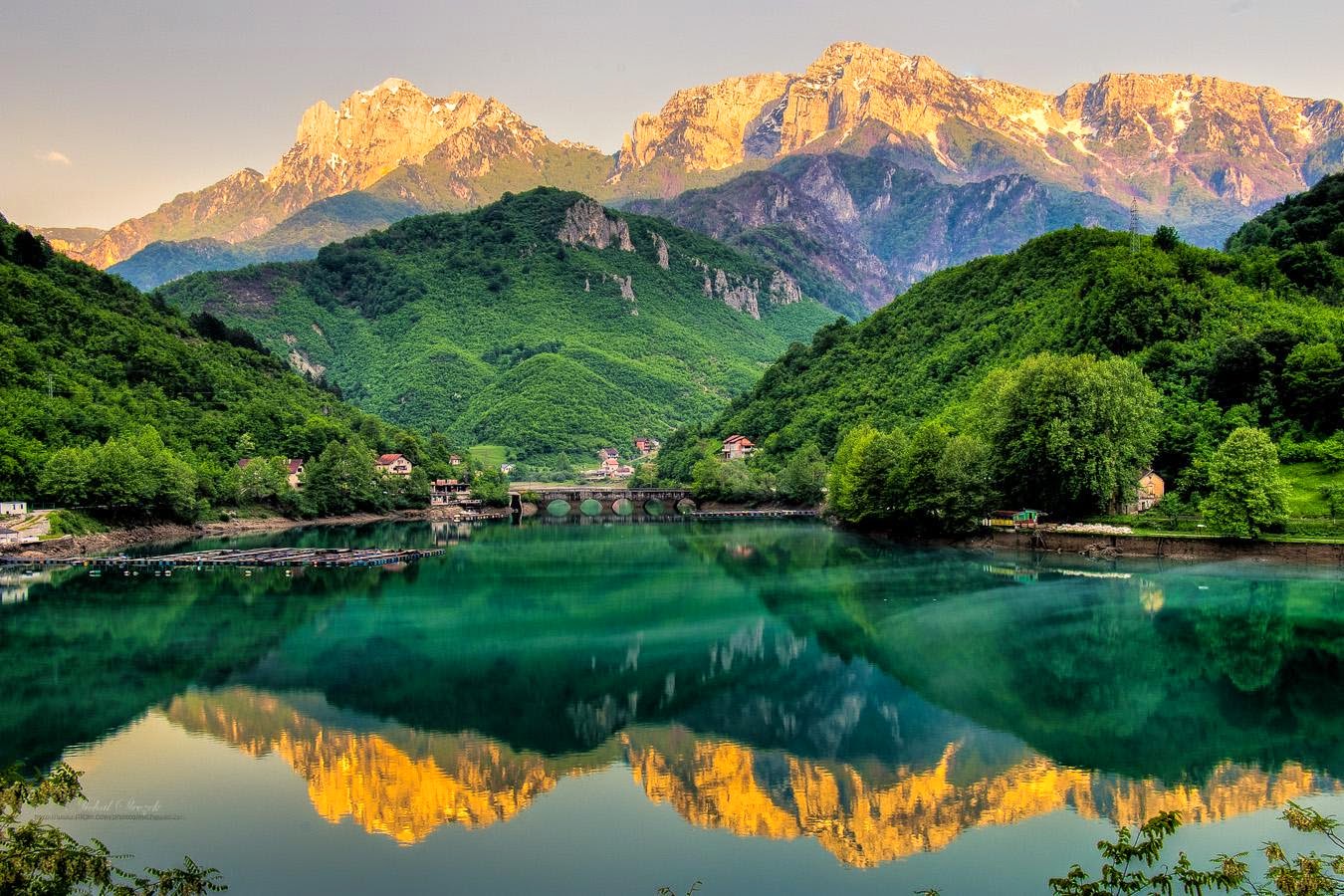Major drawcards are the reincarnated antique centres of Sarajevo and Mostar, where rebuilt historical buildings counterpoint fashionable bars and wi-fi–equipped cafes. Elsewhere Socialist-era architectural monstrosities are surprisingly rare blots on predominantly rural landscapes. Many Bosnian towns are lovably small, wrapped around medieval castles and surrounded by mountain ridges or cascading river canyons. Few places in Europe offer better rafting or such accessible, inexpensive skiing.
OLD BRIDGE IN MOSTAR
The name "Bosnia" is derived from the Bosna River, which cuts through the region. Herzegovina takes its name from the word herceg, which designated the duke who ruled the southern part of the region until the Ottoman invasion in the fifteenth century. The two regions are culturally indistinguishable and for much of their history have been united under one government. Although cultural variations in Bosnia and Herzegovina are minimal, cultural identity is currently extremely divisive. The three main groups are Muslims (Bosniacs), Serbs, and Croats. Before the recent civil war, many areas of the country had mixed populations; now the population has become much more homogeneous in most regions.
BASCARSIJA IN SARAJEVO
AN OLD BRIDGE ON RIVER NERETVA




Nema komentara:
Objavi komentar